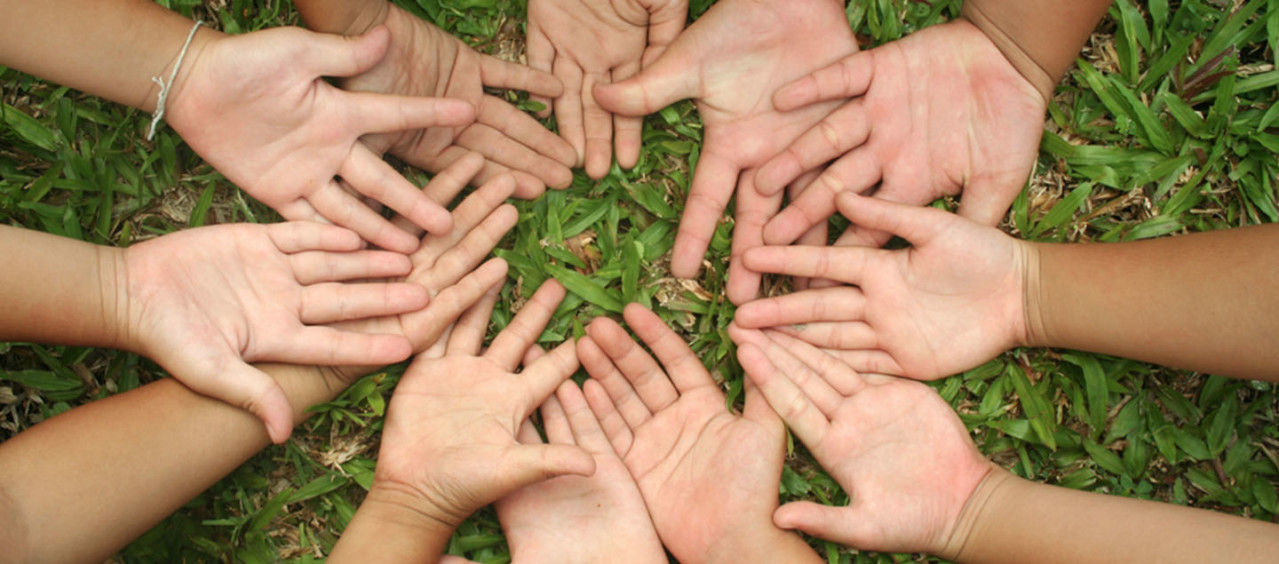As adults, it can be daunting to think about how to stop global warming. For kids growing up in a changing world, it is even more urgently important.
One of the ways we can make a difference is to educate our kids about environmental issues. We know that individual actions to reduce climate change can all add up to make a real difference, and by teaching kids what we know about how to prevent global warming we can help to bring about a new generation of eco-friendly adults.
Below we've provided a simple explanation of the issue at hand and some tips on how to get your kids involved to reduce climate change at home and develop greener habits.
GLOBAL WARMING FACTS FOR KIDS (AND ADULTS!)
Climate change can be a confusing topic for everyone, so here is a short summary of what's going on with global warming for kids and grown-ups alike.
Across the world, climates are changing, and this has started to have a negative effect on nature as well as many people's ways of life. An increase in 'greenhouse gasses' - chemicals and pollutants that are trapped in the atmosphere - means the surface temperature of earth is heating up. As a result:
The polar ice caps are melting. The lives of animals that live in the polar regions – like seals and polar bears – are now at risk due to the decreasing size of their natural habitat.
The ocean levels are rising. Coastal communities around the world are threatened with serious and more frequent flooding. Low-level areas in the UK, like East Anglia, are increasingly affected.
Weather patterns around the world are shifting. In the UK, winters are becoming wetter and summers are hotter. This changes how crops grow and therefore can affect the stability of food production.
Teaching your kids about these important facts is the first step in getting them involved in stopping global warming and developing their awareness of climate change. For some more global warming facts for kids and adults alike, check out this simple BBC summary.
Next, it’s time for some action on how to help stop global warming...
ANSWERING YOUR KIDS' QUESTIONS: HOW CAN WE HELP TO STOP GLOBAL WARMING
The natural response to learning about global warming for kids is to ask, "how can we stop global warming?" No one person can do it alone, of course — but any action that reduces water and energy consumption and the build-up of harmful gases in our atmosphere helps to minimise the effects of global warming.
Get your kids involved in these simple ways to reduce climate change at home, and it will help them find out how to stop global warming at home in practice:
Walking or cycling as much as possible. Not only are these great ways to get some family exercise, but they are also the least polluting means of transport available. For short distances walking and cycling should really be your first choice. In the UK many cities have dedicated cycle lanes which are safer for kids, and even bike hire cycle schemes. Get your whole family striding or cycling today!
Use public transport or carpool. If you need to travel longer distances communal transport is greenest, so lead by example and take your kids on public transport instead of using the car whenever you can. You could also try out any of the large numbers of carpooling schemes that have popped up over the last couple of years. These are designed to save you money and fills up cars that would normally be driven empty on the roads.
Get the kids involved in recycling. Sorting the recycling is a simple, kid-friendly weekly chore which will help to keep kids about the importance of recycling — and give you one less thing to do at the same time! Just be sure to take out sharp materials like tin cans before they start. Plus, tell your kids about the importance of choosing products with recyclable packaging (like our Persil liquid detergents which are 100% recycable and contain recycled plastic.
Teach kids to unplug appliances that are not in use. If you notice that your kids' electronic toys and gadgets are on standby or left charging unnecessarily, pick them up on it: not only is this bad for the device, it contributes to environmentally un-friendly energy usage. Plus, encourage younger kids to play with non-electronic toys (ideally, ones made of recycled or recyclable materials). At Persil, we love these types of kids’ activities: you can find plenty of ideas for traditional games and toys here.
Treat water as precious. Even though we experience a great deal of rainfall in the winter in the UK, many areas also experience droughts in the summer. At home, simple actions like making sure your children learn to turn off the tap while brushing their teeth and teaching them to only run the washing machine or dishwasher when it's full will make a difference to both the environment and your water bill! Teaching kids to save water in every aspect of their lives will help them grow up with a better idea of how to help stop global warming.
Get into a more sustainable laundry routine. If you're washing your laundry on a high heat and tumble drying regularly, there's lots of room for you to make your laundry routine more environmentally friendly. Hang clothes up to dry in the sun instead of the dryer, and explain to your kids why this is important. This is also a fun, out-of-doors chore to get them involved in at the weekend!
To find out more about Persil's green commitments, check out our Dirt is Good Project here. If you want to spread the sustainable word, share this article with your friends!


